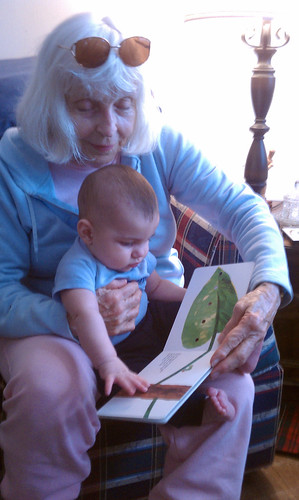The following post was written by Tina Barseghian, who is an editor/blogger at KQED/NPR for the Mind/Shift blog. Mind/Shift focuses on ideas and technology that will impact the future of how we learn.
Read, Hear, or Create a Story: Apps for Traveling with Kids Tina Barseghian, Mind/Shift, 11/23/11
Link to other Mind/Shift post collections:
Children and Social Media
Tech Tools
Mobile Learning
Digital Divide
School Day of the Future
RELATED
Boredom Busters: 50 Fantastic Play-and-Learn Apps, Sites, and Toys
Tina Barseghian, Mind/Shift, 6/17/11
Libraries and Museums Become Hands-On Learning Labs
Audrey Watters, Mind/Shift, 11/23/11
"A new competition sponsored by the Institute for Museum and Library Services (IMLS) and the John D. and Catherine T. MacArthur Foundation has just announced 12 winning libraries and museums that will receive $1.2 million in grant money to help push the boundaries of what these institutions look like, specifically helping to create facilities that are better "learning labs" for teens"
Lauren Britton Smedley (Transliteracy Development Director a the Fayetteville Free Library)
IDEO's Design for Learning (Sandy Speicher, Duane Bray, Rachel Switzky)
K12 Laboratory at D. School (Stanford)
Books Should Be Free
Storynory, Storynory iTunes Library: Podcasted stories for children, offers a free audio story every week, has some online multimedia activities.










